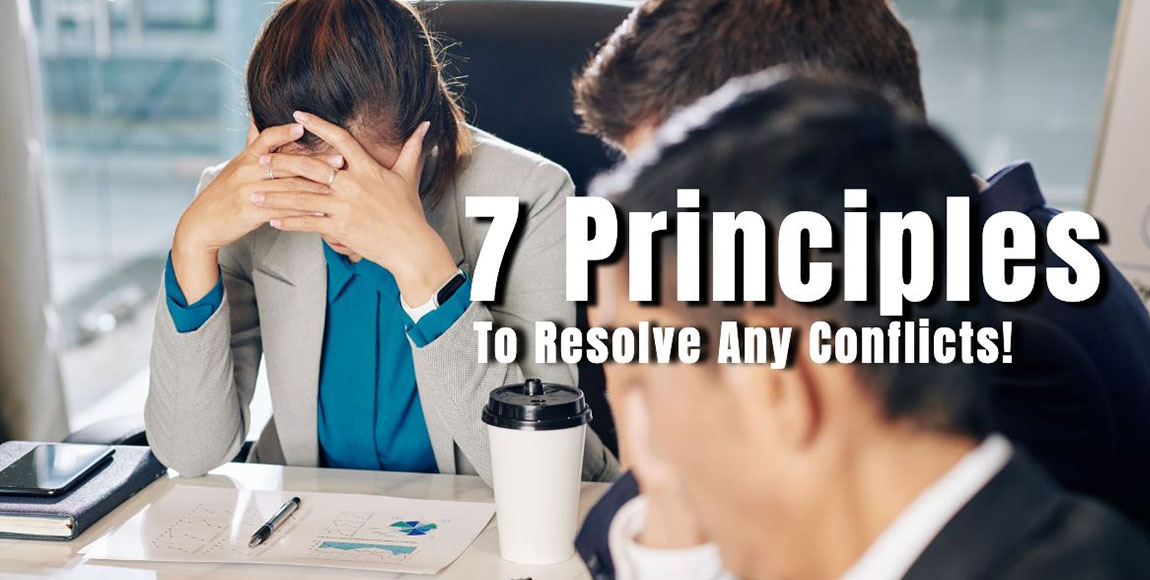
Mediator Louisa Weinstein, The 7 Principles That Can Be Applied To Resolve Any Conflict
Conflicts are an inevitable part of life. Whether it’s a disagreement with a colleague, a misunderstanding with a friend, or a full-blown argument with a loved one, conflicts can be stressful and difficult to handle. Fortunately, mediator Louisa Weinstein offers seven principles that can be applied to confront and resolve any conflict.
Principle 1 - Listen Actively
The first principle of conflict resolution is to listen actively. This means really hearing what the other person is saying and trying to understand their point of view. Active listening requires you to focus your attention on the other person and to avoid interrupting or dismissing their concerns. By listening actively, you show the other person that you respect their opinion and that you’re open to finding a solution that works for everyone.
Principle 2 - Communicate Clearly
Effective communication is essential for resolving conflicts. When you communicate clearly, you make sure that your message is understood by the other person. Be honest and direct, but avoid using harsh or confrontational language. Remember to also listen to the other person’s communication and respond in a respectful and understanding manner.
Principle 3 - Seek Common Ground
One of the keys to resolving conflicts is to find common ground. Even when two people disagree on a particular issue, they often have shared interests or values that can be used as a starting point for resolving the conflict. Look for areas where you can agree and build on those points to find a solution that works for both parties.
Principle 4 - Identify the Underlying Issues
Conflicts are often symptoms of deeper issues that need to be addressed. By identifying the underlying issues, you can work towards a long-term solution rather than just a temporary fix. This requires both parties to be honest and vulnerable, but it can lead to a more meaningful and sustainable resolution.
Principle 5 - Focus on Interests, Not Positions
When two people are in conflict, they often take opposing positions. However, these positions are often based on underlying interests. For example, if two colleagues are arguing over a project, one person may be focused on achieving a specific goal while the other is concerned about the impact on their workload. By focusing on the underlying interests, you can find a solution that meets both parties’ needs.
Principle 6 - Explore Multiple Options
There’s rarely only one solution to a conflict. By exploring multiple options, you can find a solution that meets both parties’ needs. Brainstorm possible solutions together, and be open to new ideas. Sometimes the best solution is one that neither party had considered before.
Principle 7 - Commit to Action
Once a solution has been agreed upon, it’s important to commit to action. This means following through on the agreement and making any necessary changes to prevent the conflict from recurring. It’s also important to stay open to revisiting the solution if it’s not working as intended.
Conclusion
Conflicts are a natural part of life, but they don’t have to be overwhelming or impossible to resolve. By applying these seven principles of conflict resolution, you can confront and resolve any conflict with grace and effectiveness.